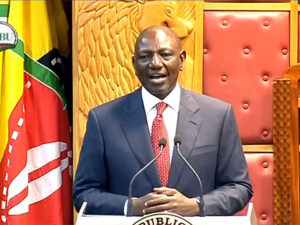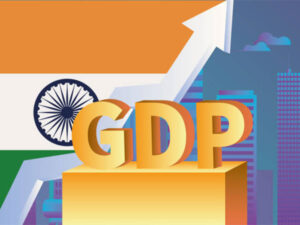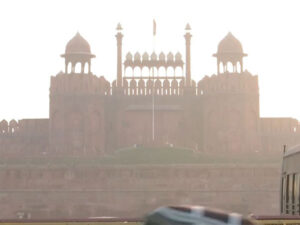
New Delhi [India], February 1 (ANI): The government on Wednesday presented the annual Budget for 2023-24, the last full Budget of Modi government 2.0.
This year’s Budget holds much significance as the country is scheduled to have the next Lok Sabha election in April-May 2024.
Much was expected by the people and the Budget seemed to have promised to fulfill many of them. The most looked-after number in the Budget document is the capital expenditure.
In her Budget speech, finance minister Nirmala Sitharaman said capital expenditure outlay is being increased steeply for the third year in a row by 33 per cent to Rs 10 lakh crore, which would be 3.3 per cent of GDP.
This will be almost three times the outlay in 2019-20.
“This substantial increase in recent years is central to the government’s efforts to enhance growth potential and job creation, crowd-in private investments, and provide a cushion against global headwinds,” Sitharaman said.
Among the major schemes of the current government, the outlay for Prime Minister Awas Yojana (PMAY) has been enhanced by 66 per cent to over Rs 79,000 crores, announced Finance Minister Nirmala Sitharaman while presenting the Union Budget.
This is a significant increase considering Sitharaman, in the Budget 2022-23, had proposed an allocation of Rs 48,000 crore for the Housing for All initiative of the government.
For Jal Jeevan Mission, the allocation has been raised from Rs 60,000 crore to Rs 70,000 crore.
Allocation for Eklavya Model Residential School, Scheme for Faster Adoption and Manufacturing of EVs (FAME), North East Special Infrastructure Development Scheme, and Development of the Pharmaceutical Industry has been raised.
Following is an infographic that gives the allocated figures under these schemes:
Indian economy is backed by strong macroeconomic fundamentals there are ample indicators to back it. Be it capital expenditure, the asset quality of banks, foreign exchange reserves, GST collections, fiscal consolidation, and convergence of wholesale and retail inflation, Budget document data showed all these indicators to be on a strong ground.
Presenting the Union Budget, Union Finance Minister Nirmala Sitharaman on Wednesday pegged the fiscal deficit target for 2023-24 at 5.9 per cent of gross domestic product (GDP). In 2022-23, the government pegged fiscal deficit at 6.4 per cent.
The Finance Minister further said that the government intends to bring the fiscal deficit below 4.5 per cent of GDP by the financial year 2025-26. The Economic Survey, tabled in the Parliament on Tuesday, noted India’s GDP is expected to grow in the range of 6 to 6.8 per cent in the coming financial year 2023-24. This is in comparison to the estimated 7 per cent this fiscal and 8.7 per cent in 2021-22. (ANI)


















